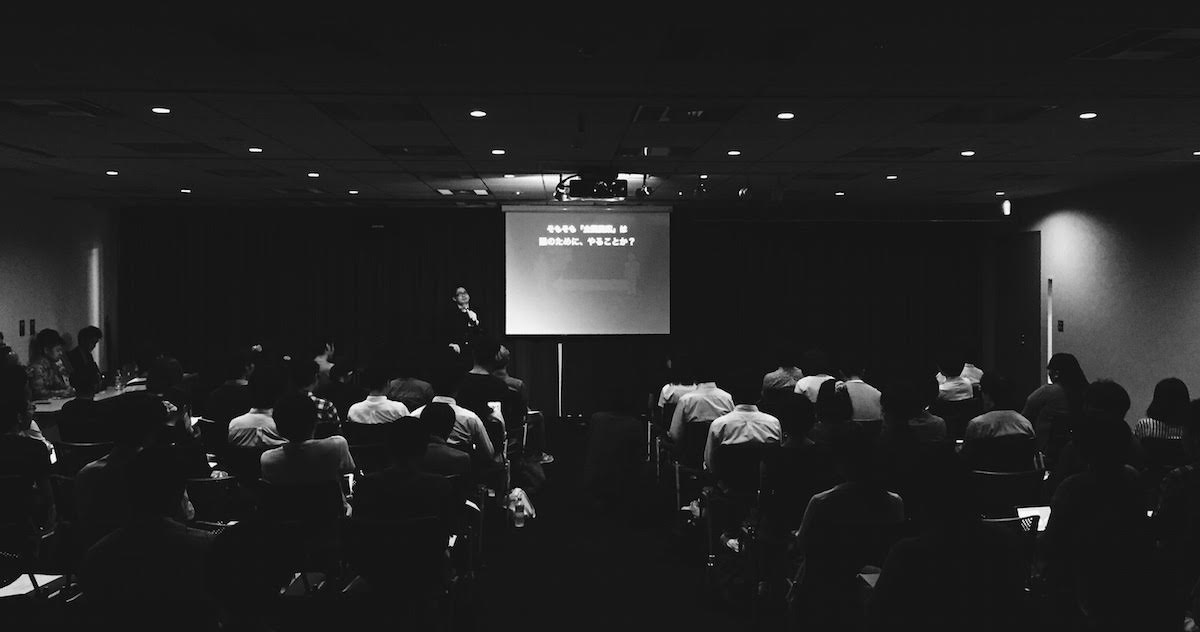WritersUA – Design Checklists for Online Help
http://www.winwriters.com/articles/checklist/index.html
にオンラインヘルプにおけるチェックリストがあるのでメモ。
Content Considerations
- Make the information task-oriented and highly structured, because the purpose of online help is to get the user back on task as fast as possible (Hackos & Stevens, 1997; Smith, 1994; Mischel, 1994; Duffy, et al., 1992; Harris & Hosier, 1991; Shirk, 1988).
- Separate information into distinct information types and include only one information type in each online help topic (Houser, 1998; Zubak, 2003). Information types can be by content type (task, concept, reference) of user models (beginner, intermediate, advanced).
- Follow minimalist principles in designing online help topics. Many online help designers misconstrue minimalism to simply mean brevity; however, minimalist design hinges on being able to make good decisions on what to do, say, or show, and on what not to include (Carroll and van der Meij, 1996, p. 73).
- Keep the length of topics short, perhaps to no more than two screens long (Turk & Nichols, 1996). However, after his analysis of the research and his own experience in designing online help systems, Perlin (2001) concluded that online help topics need to be “as long as necessary and as short as possible” (p. 13).
Format & Presentation Considerations
- Design a multiple window interface with simplicity and consistency in mind (Hackos & Stevens, 1997). Depending on the type of online help system you are designing, such as a context-sensitive help system, multiple windows might not be appropriate (Nichols & Berry, 1996).
- Make the information scannable by using lists or tables instead of paragraphs whenever possible (Nichols, 1994; Brockmann, 1990; Cherry, et al., 1989; Cherry & Jackson, 1989; Tullis, 1988).
- Use highlighting for emphasis, consistently and carefully (Cherry & Jackson, 1989; Galitz, 1989; Queipo, 1986).
- Use simple, sans-serif fonts and limit the number of fonts used (Timpone, 1996; Mischel, 1994; Galitz, 1989).
- Limit the length of a line of text to fewer than 50 characters (Quiepo, 1986; Timpone, 1996; Caldanaro, Evans, & Nichols, 1996), possibly even fewer than 40 characters (Hackos & Stevens, 1997).
Navigation Considerations
- Scrolling. Although users are reluctant to scroll through screens of information (Grayling, 1998), some research shows users perform better with longer topics (User Interface Engineering, 1998). If your topic requires scrolling, use advance organizer headings to give cues to the content (Nichols, 1994).
- Hypertext linking. Use hypertext links judiciously and make sure the link is worth the trip for the user (Timpone, 1996; Hackos & Stevens, 1997). In creating a set of hypertext links, “favor breadth over depth” (Farkas & Farkas, 2000, p. 345). Hackos and Stevens (1997) suggest that each online help topic should contain no more than five hypertext links.
- Table of contents. Minimize the levels of topics so that users do not have to dig for the information (Timpone, 1996). Include no more than three levels of entries (Wright, 2002; Hackos & Stevens, 1997; and Caldanaro, Evans, & Nichols, 1996).
- Index. Because it is the most used navigational feature of any online information system (Farkas & Farkas, 2000; Spool & Scanlon, 1996), create a detailed, thorough index using synonyms from the users? vocabulary (Earle, Berry, & Nichols, 1996; Cooper, 1995). When creating hierarchical indexes, focus on creating detailed primary entries and limiting the number of secondary entries (Hackos & Stevens, 1997; Earle, Berry, & Nichols, 1996; Northrop, 1994).
Access Methods
- First and foremost, implement context-sensitive access to the online help topics, possibly even a dynamic context sensitivity (Grayling, 2002; Elley, 1996; Sleeter, 1996; Duffy, et al., 1992).
- Consistently implement multiple access methods, such as menu bar, tool bar, help buttons on dialogs, and so on (Timpone, 1996; Mischel, 1994; Duffy, et al, 1992).


